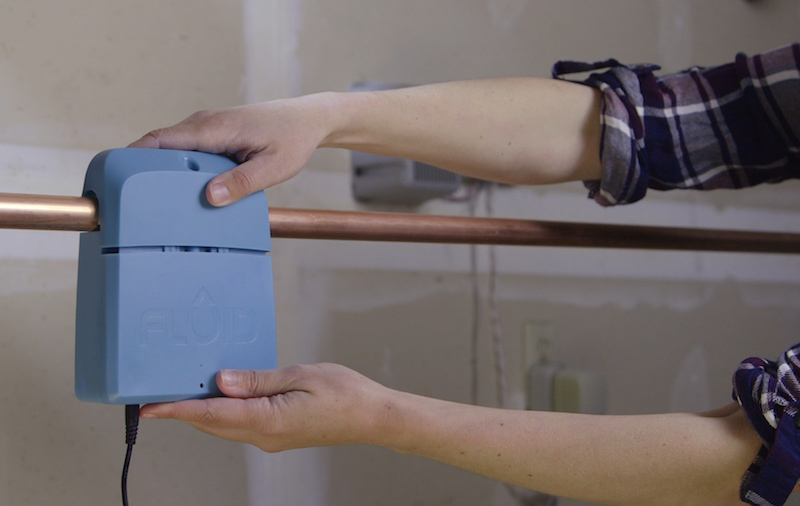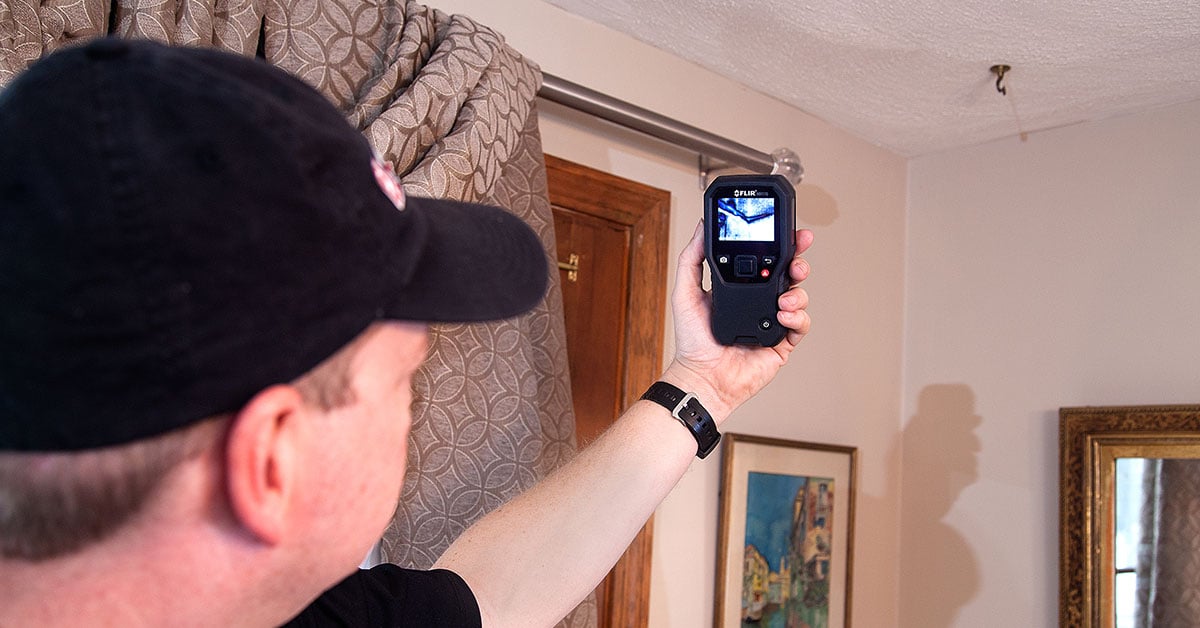Just How Specialist Water Leak Detection Can Save You Money and Avoid Damage
Cutting-edge Solutions for Early Discovery of Water Leaks in Buildings and Facilities
As the integrity of structures and infrastructure is extremely important, the difficulty of very early detection of water leakages has stimulated innovative options that promise to reinvent the way we secure versus potential problems. From cutting-edge leak discovery technologies to the release of IoT sensors for real-time tracking, the landscape of leakage prevention is progressing rapidly. Device understanding algorithms use a peek right into the future of leak prediction, while thermal imaging offers a non-intrusive method for determining hidden leakages. Automated water circulation analysis systems are improving how leaks are recognized and addressed, leading the way for a proactive strategy to water leak discovery. Each of these solutions holds the essential to making certain the dependability and longevity of our developed setting, prompting a change in the direction of a more sustainable and effective future.
Advanced Leakage Discovery Technologies
Advanced leakage detection innovations, furnished with innovative sensing units and algorithms, play a critical duty in promptly recognizing and pinpointing water leakages in numerous setups. These innovations utilize a combination of acoustic, thermal, and electromagnetic noticing methods to discover leaks accurately. Acoustic sensing units find the noise of getting away water, permitting accurate localization of the leakage source. Thermal imaging spots temperature modifications triggered by water leakage, offering another effective method for leak recognition. Electromagnetic sensors can determine modifications in electromagnetic areas triggered by water, offering yet an additional layer of leak detection capacity.

IoT Sensors for Real-Time Monitoring
In the realm of modern-day water leak detection, the combination of IoT sensing units for real-time tracking represents a crucial improvement in improving aggressive leak detection abilities. These sensing units offer continual monitoring of water supply, providing real-time information on water circulation rates, pressure variations, and temperature level adjustments. By leveraging IoT technology, these sensors can spot even the smallest anomalies in water usage patterns, allowing early identification of prospective leakages before they intensify into major problems.
IoT sensors transfer data to a centralized platform, where advanced formulas assess the details and create signals or alerts when irregularities are spotted. This real-time monitoring capability allows homeowner or facility managers to promptly address leaks, reducing water damage, reducing repair costs, and conserving water sources.
Moreover, IoT sensors can be integrated with building management systems, permitting computerized feedbacks to detected leakages, such as shutting down water imp source valves or triggering pumps to alleviate the effect of leaks. Overall, the execution of IoT sensing units for real-time monitoring considerably enhances the performance and performance of water leak discovery in buildings and infrastructure.
Artificial Intelligence Algorithms for Leakage Prediction

One secret advantage of making use of artificial intelligence for leak prediction is its capability to constantly learn and boost its accuracy over time. As even more data is accumulated and fed right into the algorithm, it can improve its predictions and adjust to changing problems, eventually raising the reliability of leak detection systems.
Additionally, artificial intelligence formulas can assist in determining subtle signs of leaks that might go unnoticed by typical surveillance approaches. water leak detection. By evaluating complex data embed in real-time, these algorithms can give early cautions and signals, enabling punctual intervention and preventative maintenance to minimize potential water damages and linked expenses
Making Use Of Thermal Imaging for Leak Detection
Thermal imaging innovation uses an encouraging approach for spotting water leaks in different systems and infrastructures. By utilizing infrared radiation and temperature variations, learn the facts here now thermal imaging cameras can recognize surprise leakages that are not conveniently noticeable to the nude eye.
Among the crucial benefits of thermal imaging for leakage detection is its non-intrusive nature. Unlike conventional techniques that may require burglarizing wall surfaces or floorings to situate leakages, thermal imaging enables for non-destructive testing. This not only saves time and lowers prices yet likewise lessens interruption to the building or infrastructure being analyzed. In addition, thermal imaging can promptly check big areas, giving a thorough overview of prospective leak resources in a prompt way. Overall, making use of thermal imaging modern technology improves the efficiency and precision of water leakage detection, making it a valuable device for maintaining the honesty of structures and facilities.
Automated Water Circulation Analysis Equipments
How can computerized water flow evaluation systems transform the discovery and administration of leakages in different systems and frameworks? Automated water flow evaluation systems provide an aggressive technique to leakage detection by continually keeping an eye on water circulation rates and patterns. By developing baseline information, these systems can quickly determine deviations that may show a leak, making it possible for prompt intervention to avoid substantial damages.
These systems use innovative algorithms to examine real-time information and offer prompt alerts when anomalies are identified, allowing for quick activity to be taken. Additionally, automatic water circulation analysis systems can be integrated with structure monitoring systems or IoT systems, enhancing general efficiency and enabling remote surveillance capacities.
Additionally, the information gathered by these systems can be made use of for anticipating upkeep functions, assisting to determine prospective powerlessness in the facilities prior to leaks happen. Generally, the application of automatic water flow analysis systems can substantially enhance leak detection and monitoring techniques, inevitably bring about set you back financial savings, minimized water waste, and enhanced sustainability in buildings and infrastructure.

Final Thought
In verdict, the assimilation of advanced leak detection innovations, IoT sensing units, artificial intelligence formulas, thermal imaging, and computerized water flow analysis systems provides ingenious options for very early discovery of water leakages in structures and framework. These modern technologies make it possible for read more real-time surveillance, forecast of leakages, and efficient discovery approaches to protect against water damages and wastefulness. Carrying out these options can assist in preserving the stability and sustainability of water systems in various setups.